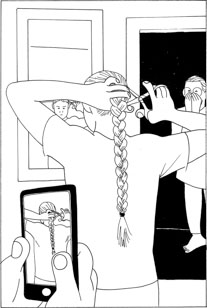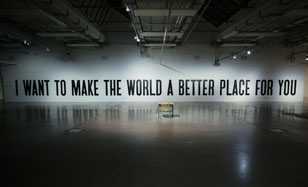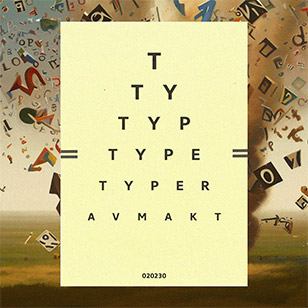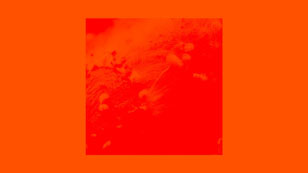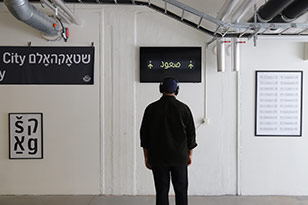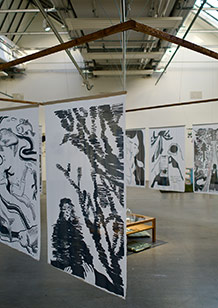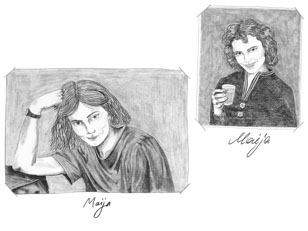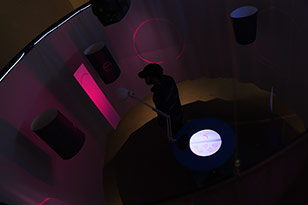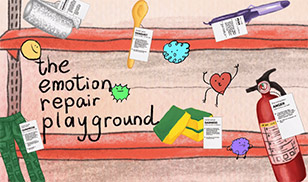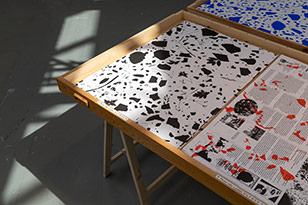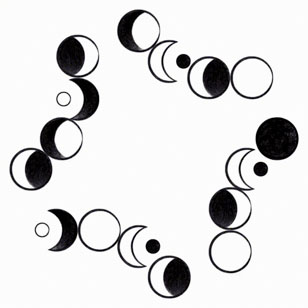Visual Communication
Patrick, what is the scope of this group in their methods, themes etc.?
This group are representative of the subject’s familiar forms and methods: orthography, signage, data visualisation, activism, silkscreened posters, painted letters and books. What is perhaps less familiar is how the group use them: for the communication of local politics, a new alphabet for Zimbabwe, scale proposals for public signs that acknowledge existing and growing diversity in Swedish society (accompanied by a series of walks that set out to learn from different communities about their particular ways of signing and reading environments), visualising networks after listening to and learning from mushrooms, silkscreen printing as a method of slowing down and meeting up, and reflecting on personal histories to write to an unknown reader of the future. In their degree projects, they are critical and in their communication with each other they are supportive and caring. A fantasy studio.
Sara, what have you learned from this group of students?
This year, the discourse surrounding illustration has been all about how AI will change our profession and our working conditions. Because it will.
But what this group has taught me, is that the thinking behind image-making, or rather, the making behind the image-making, will prevail. Because, as someone once said, drawing is thinking. Some of the things in this exhibition would not have come into this world had someone not put their preferred ‘pen’ to their preferred ‘paper’.
And I trust that these illustrators, graphic novelists and animators will keep on thinking, that they will keep making the stories about our time, and what it is to be human, that we so desperately need.
We are all so very lucky to have them and their work.
Sara Teleman
Professor in Illustration
Patrick Lacey
Professor in Visual Communication
